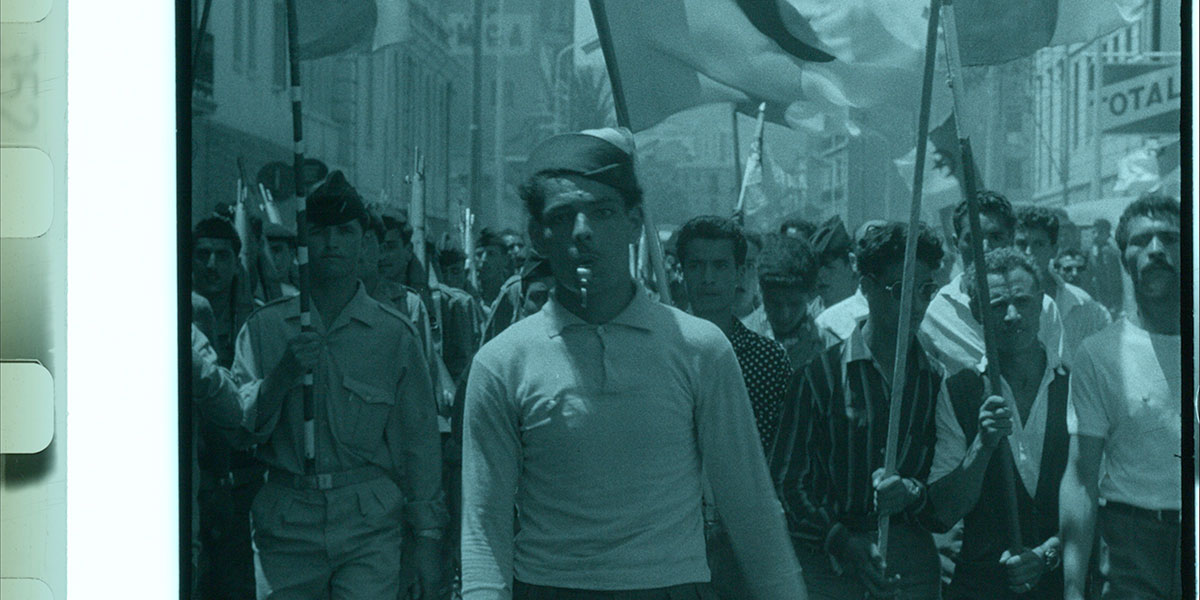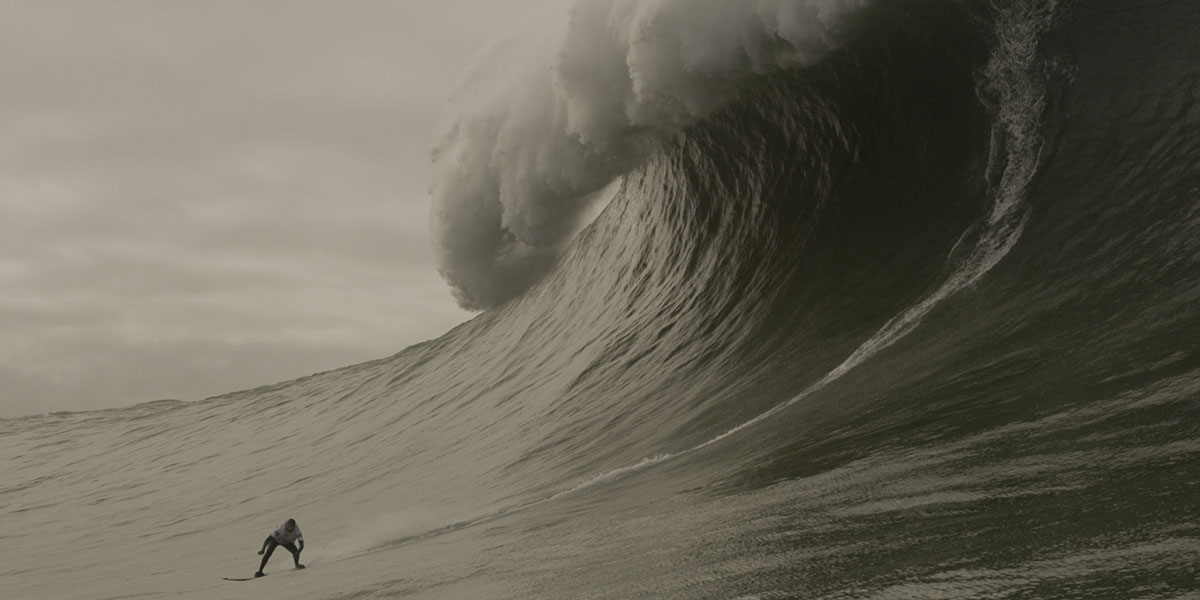Ciné-Guerrillas: Scenes from the Labudović Reels
(Serbia/France, 94 min.)
Dir. Mila Turajlić
Programme: TIFF Docs (World Premiere)
Images of revolution emerge from the archives in Ciné-Guerrillas: Scenes from the Labudović. The feature is a notable slice of film history that shows the power of documentary to inspire social change. Ciné-Guerrillas opens the vault of newsreels that house a story of colonial resistance. Director Mija Turajlić (The Other Side of Everything) gives credit to cinematographer Stevan Labudović, who, as the favorite cameraperson working for Yugoslavian President Josip Broz Tito, was stationed in Algeria to capture images of the French occupation. Turajlić connects with Labudović and many of the players of his films to unpack a narrative of resistance. The classic reels are valuable, but the contemporary images are doubly so as Ciné-Guerrillas revisits history through the perspectives of those who wrote it.
Film history buffs might be surprised how few of Labudović’s frames actually make it into Ciné-Guerrillas. However, Turajlić doesn’t need wall-to-wall archival carpeting. By showing fewer frames and emphasizing the voices behind them, the film affords the images greater power. Turajlić nevertheless elevates Labudović’s oeuvre into art. She, the cinematographer, and the participants unpack the symbolism and significance of the footage. The film shows how Labudović remained cool under pressure, and gained extraordinary access to soldiers of Algeria’s National Liberation Army (ALN) resisting colonial force.
The Compassionate Eye
Turajlić and Labudović connect with various members of the resistance whom the cinematographer documented. They look back at the reels and break down the process of using the power of immediate actuality footage to counter the reports of the war in the French media. Some of the conversations tackle the artistic process of making newsreels on a shoestring. Labudović admits that he resorted to re-enactments to convey a sense of battle, but that these comparative cheesy dramatizations weren’t convincing, nor were they well received by his superiors. Labudović also reveals to Turajlić that he wasn’t interested in exploiting bloodshed. He shares that he never filmed a death despite the violence he witnessed.
Ciné-Guerrillas considers how Labudović was an ideal artist to capture the resistance with a compassionate eye. The film shares how Labudović grew up under Nazi occupation. He identifies with the Algerians and their refusal to be conquered on their home turf. One can see the affinity Labudović shares with the soldiers as he embeds himself in their struggle, capturing all the hardships, grit, and heartache, but also the organization, discipline, and spirit necessary for the fight.
De-Colonial Cinema
Turajlić unpacks layers of history as she mines this archive of films and photographs. Among the nuggets is the story of Miriam Makeba and her song “Ifrikya.” The tune is an anthem for the Algerians’ resistance. It echoes powerfully throughout the film and is a fine accompaniment to Labudović strikingly shot footage.
As Turajlić tours the world and invites an international chorus to situate Labudović’s newsreels within the new wave of consciousness regarding the revolution, the film finds itself in New York City where the matter is before the United Nations. Ciné-Guerrillas situates the Algerian revolution within the larger recognition of the impact of colonialism on dozens of nations. This recent slice of history attributes the changing cultural attitude to the power of images, and to alternative outlets, like art, film, and music that give voice to de-colonial movements.
The film also learns from the rich history contained in these reels. As Turajlić interviews Labudović and gains valuable insight to his craft, Turajlić grasps the significance of recorded history. The cinematographer, who died in 2017 at age 90, hadn’t been properly recognized for his work and Turajlić admirably strives to put his story on record with as thorough a document as she can. Ciné-Guerrillas lovingly shares a rich slice of history with a fittingly cinematic tribute.












